Rediscovering Paris Through the Sounds of Arabic
27.08.2025
Rediscovering Paris Through the Arabic Influence
Beyond the French Melody
Paris is often imagined as a city where the French language dominates every corner — from cozy cafés to bookshops and cobblestone streets. Yet, as a global capital, it is also shaped by many other languages, with Arabic standing out as one of the most influential.
Today, Arabic is France’s second-most-spoken language, with around four million speakers. Its imprint is felt across daily life — from food and music to art and the slang of young Parisians.
Everyday Words With Deeper Roots
For someone who came to Paris to learn French, discovering how deeply Arabic expressions are embedded in daily conversation is eye-opening. Words like wesh (what’s up?), kiffer (to like), and bled (village) come directly from North African dialects. Even centuries ago, French absorbed Arabic terms such as pastèque (watermelon), magasin (shop), and jupe (skirt).
Curious to learn more, I began Arabic lessons last year. While the basics helped, they also revealed how language has historically bridged cultures in France. Still, despite its long presence, Arabic often remains undervalued in mainstream French identity debates, as noted by French-Lebanese journalist Nabil Wakim, who has written extensively about its taboo status.
From Classrooms to Cafés
Arabic has been taught in Paris for centuries — even earlier than French itself at institutions like the Collège de France, founded in 1530. Today, the Arab World Institute on the Left Bank continues this legacy with classes, poetry readings, and exhibitions.
In daily life, its influence is perhaps most vividly felt at places like Chez Baya, a Tunisian restaurant in the 11th Arrondissement. Owner Kamel Faleh recalls learning French when he first arrived, and now finds joy in customers adopting Arabic words such as chwoya (a little). His experience reflects the quiet cultural exchange woven into Parisian life.
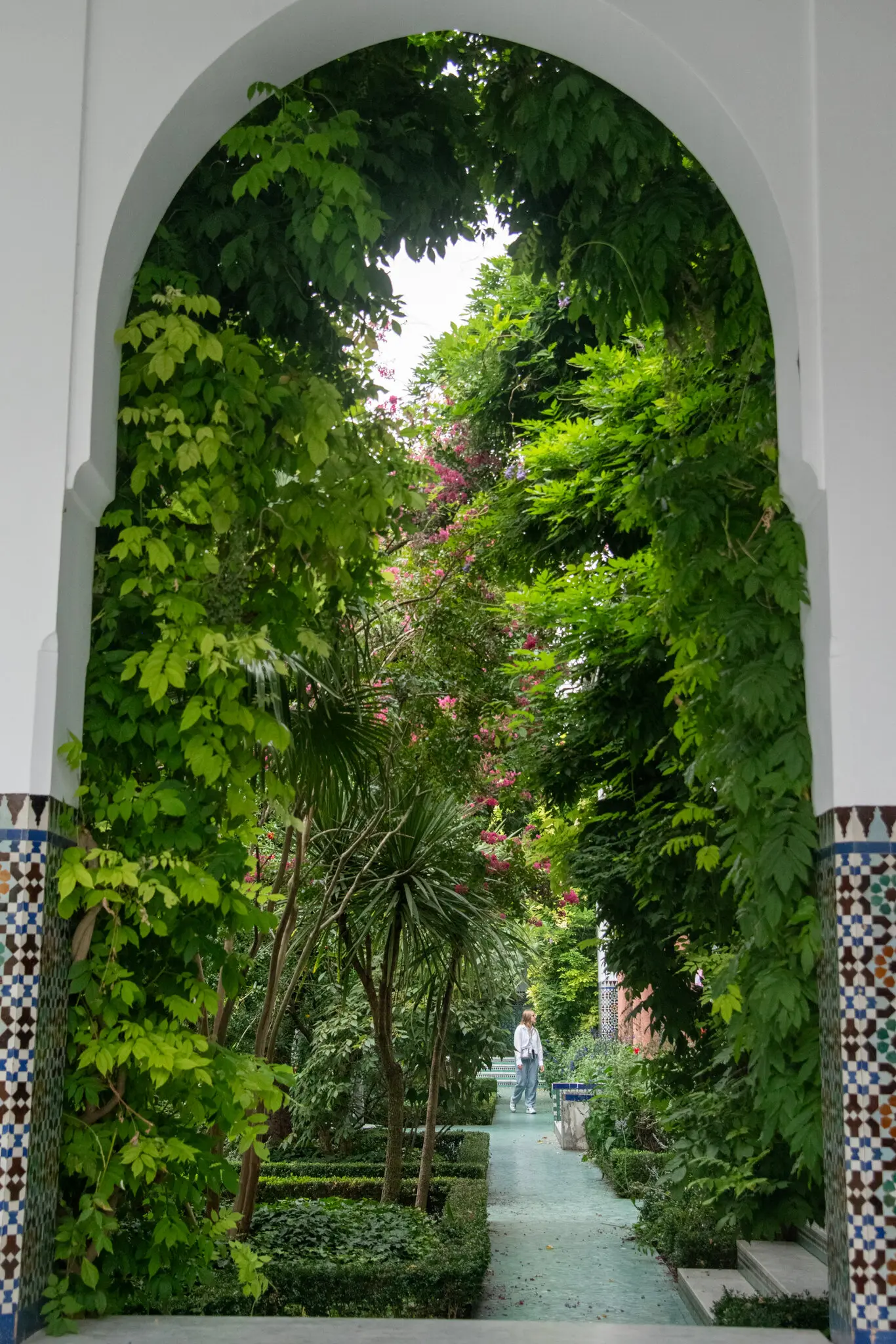
Intellectual Hubs and Literary Bridges
The Latin Quarter has long been a symbolic meeting ground of French and Arab cultures. Home to the Sorbonne, cafés like Le Café du Métro once gathered North African intellectuals, writers, and activists debating independence and identity alongside French philosophers.
Some of the Arab world’s most celebrated writers studied here — including Mohammed Hussein Heikal, Taha Hussein, and Tawfiq al-Hakim. Today, this legacy continues at Maktaba Berfin, a bookstore in the 18th Arrondissement dedicated entirely to Arabic-language literature. Hosting poetry nights and music events, it has become a hub for both Parisians and Arab communities.
Barbès: The Capital of Arab Music in Europe
South of Montmartre, the Barbès neighborhood embodies the vibrant history of Arab music in Paris. Once lined with record stores, cafés, and cabarets, it was here that raï — an Algerian folk genre — found refuge when banned at home. Artists like Cheikha Rimitti helped it flourish internationally, and her influence still resonates, honored in a local square bearing her name.
Although Arabic music faced setbacks after the 2015 terrorist attacks, its revival is now underway. Concert venues like Le Cabaret Sauvage, founded by Méziane Azaïche, continue to celebrate this heritage, reminding Parisians that Barbès remains a beating heart of North African cultural identity.
A Parisian Love Story With Arabic
Arabic in Paris is more than just a minority language — it is a part of the city’s DNA. From food and music to literature and slang, its echoes shape the cultural and social rhythms of the French capital.
As author Coline Houssais observed, “Arabic is a language of France.” Though its origins are elsewhere, its spirit thrives in Paris, offering a richer, more layered story of the city than the French-only narrative often told.

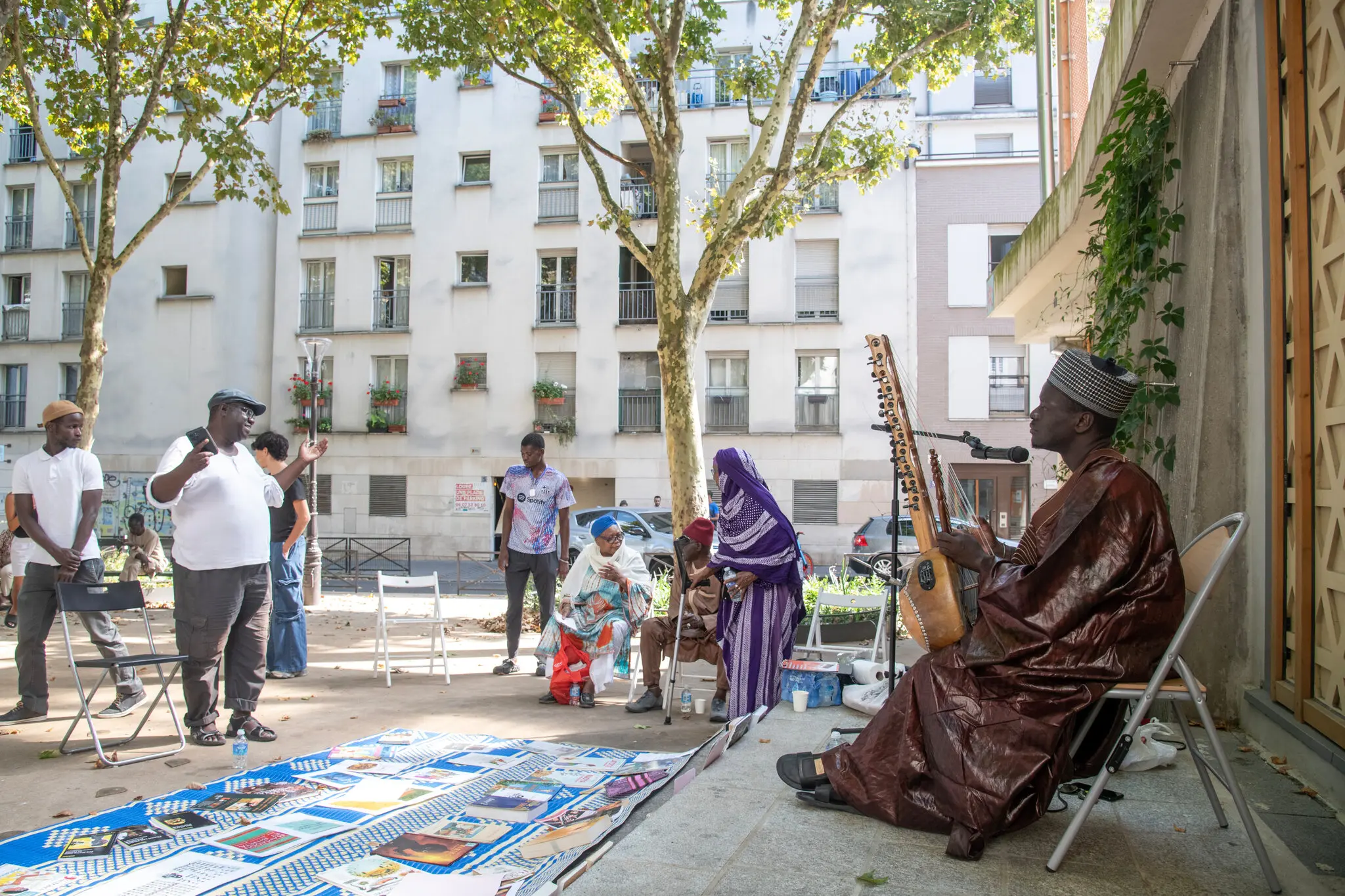

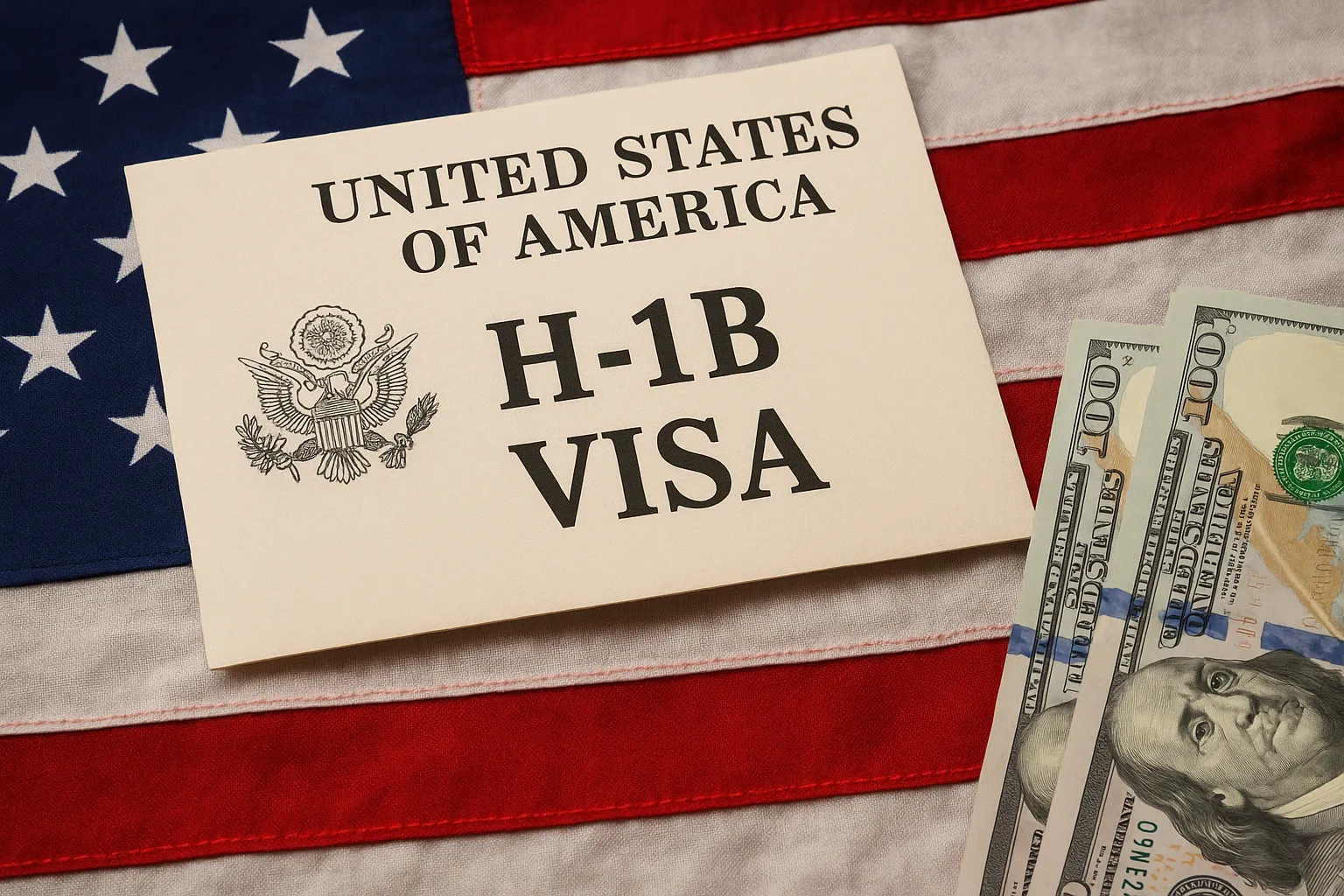
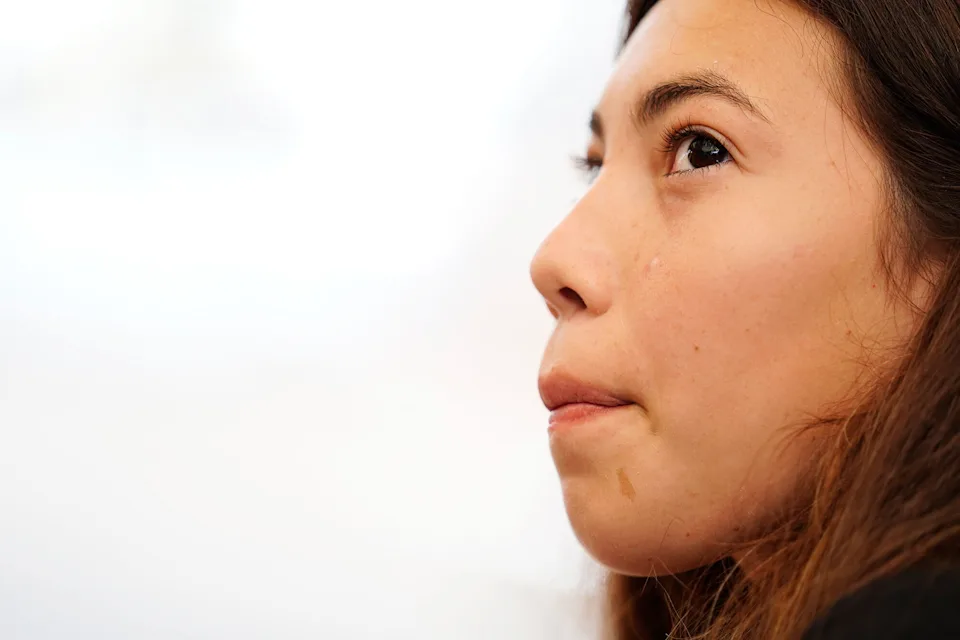
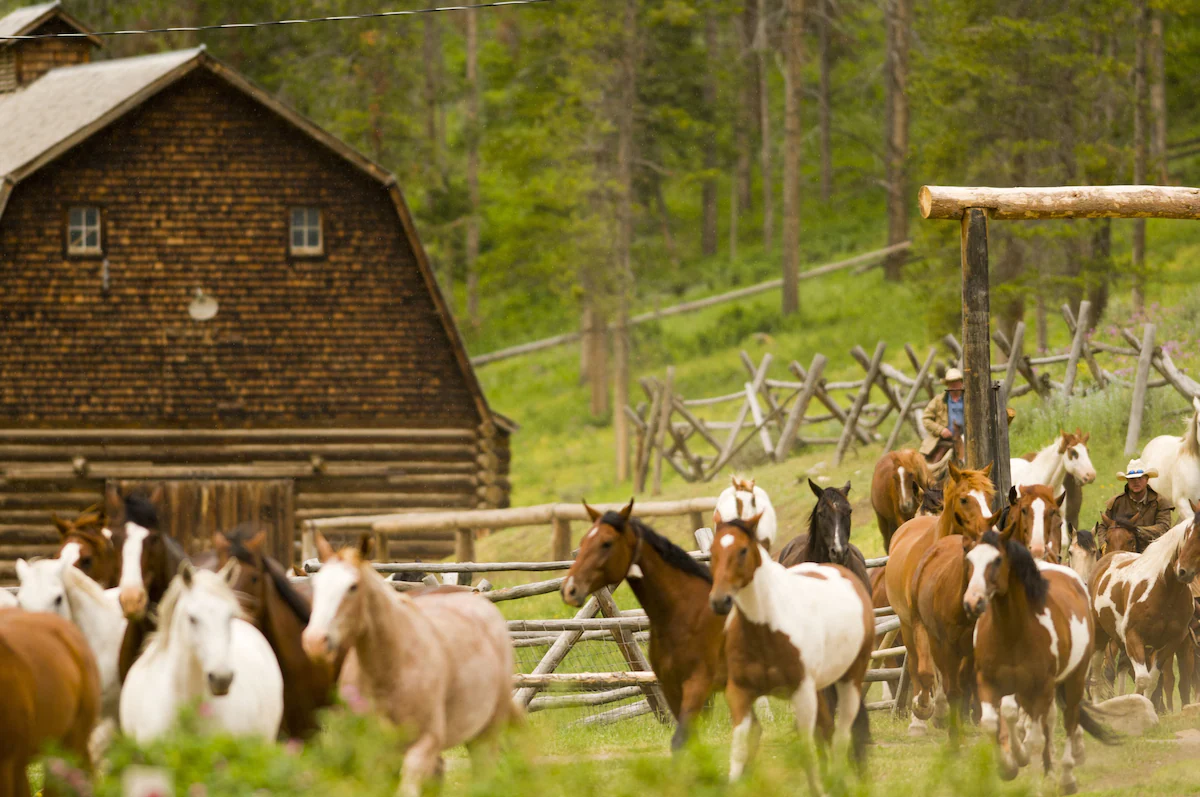
Leave a Comments